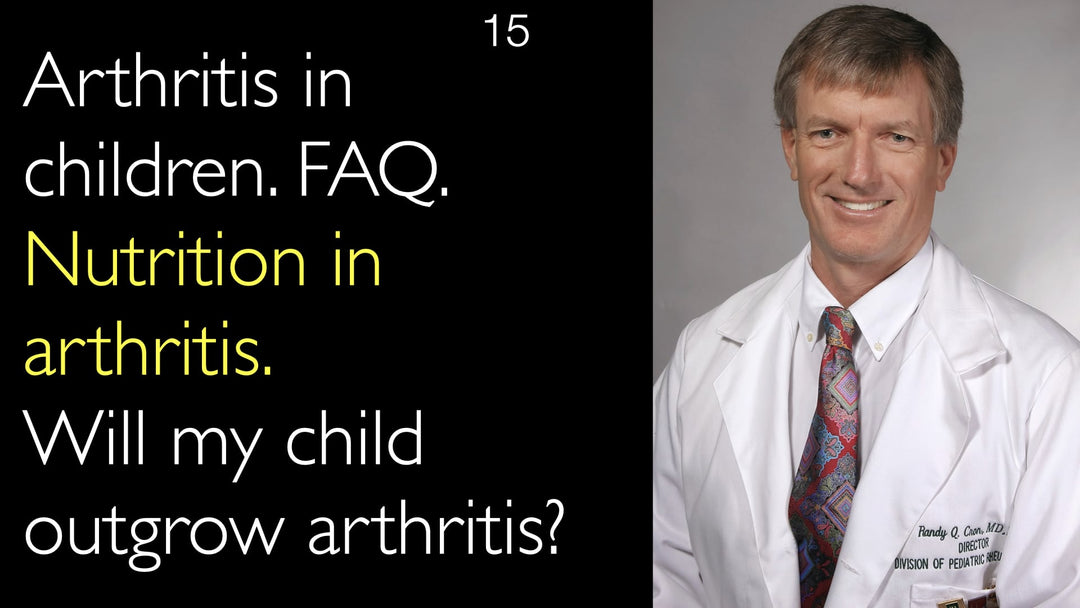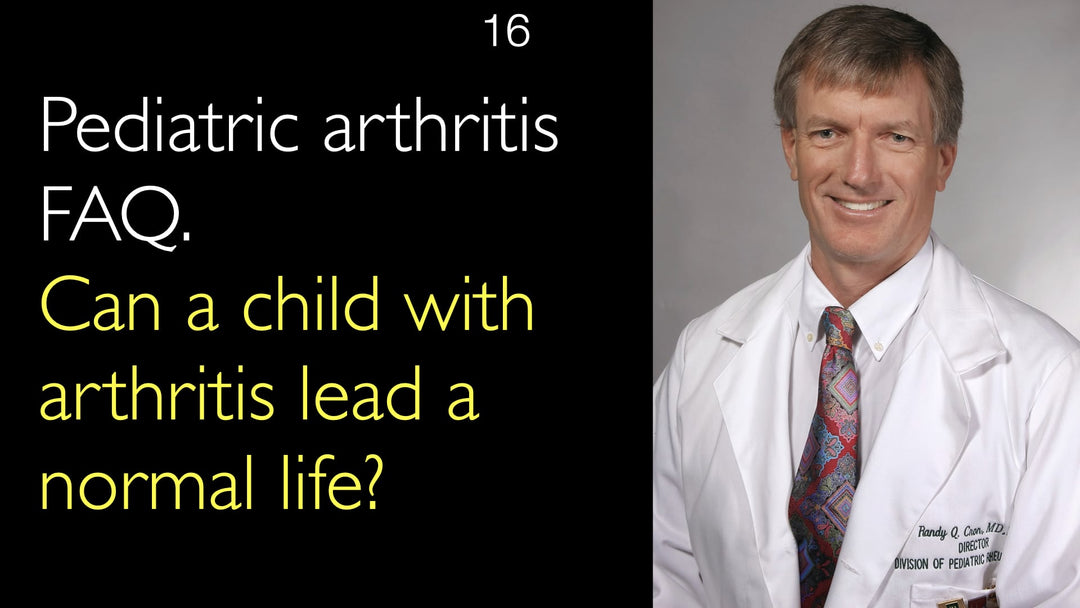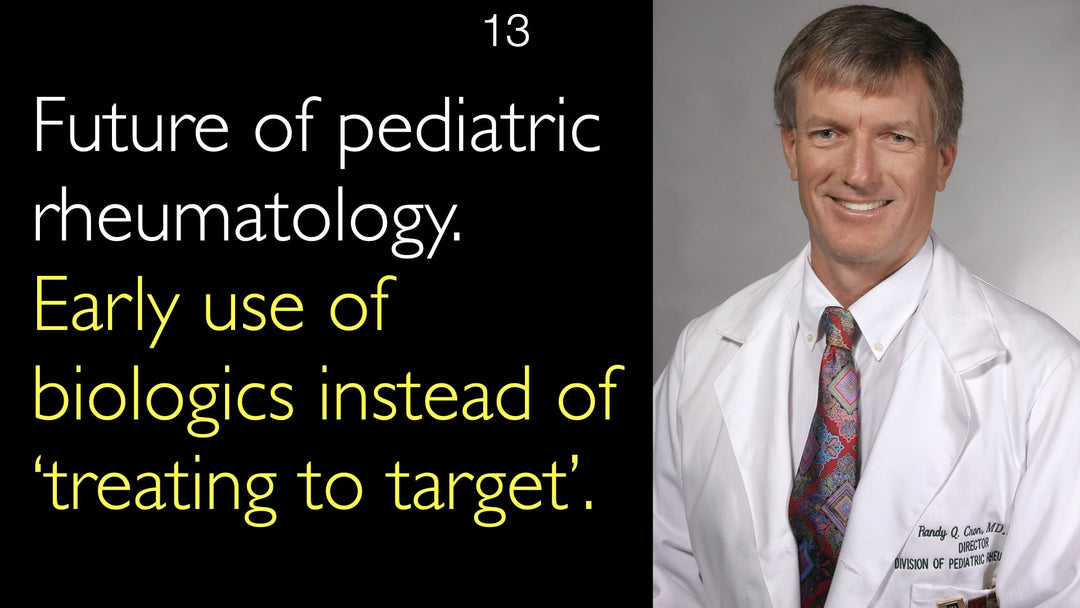Leading expert in knee cartilage transplantation, Dr. Pablo Gelber, MD, explains how this advanced procedure is a last-resort treatment for severe knee joint injuries after multiple prior surgeries have failed. He details the specific patient criteria, including complex trauma consequences and the critical need to address knee malalignment in over 60% of cases to ensure the success of the osteochondral allograft and restore a patient's quality of life.
Knee Cartilage Transplantation: Indications, Procedure, and Realignment Surgery
Jump To Section
- When is Cartilage Transplantation Needed?
- Cartilage Transplant Patient Criteria
- Trauma Consequences and Transplantation
- Alternative Cartilage Treatments
- Knee Alignment Surgery Importance
- Holistic Limb Assessment Approach
- Success Rates and Outcomes
When is Cartilage Transplantation Needed?
Knee cartilage transplantation is a highly specialized procedure reserved for extreme cases. Dr. Pablo Gelber, MD, emphasizes that it is not a first-line treatment. He estimates using this advanced intervention in only one out of every thirty knee problem cases he evaluates. The decision to proceed is based on the severity of the damage and a patient's extensive surgical history.
Cartilage Transplant Patient Criteria
The ideal candidate for a fresh osteochondral allograft has exhausted all other treatment options. Dr. Pablo Gelber, MD, states that most of his transplant patients have undergone two, three, or even four prior surgeries. He recalls a specific case of a 29-year-old patient who had eleven previous knee operations. Cartilage transplantation offers a final window of opportunity to restore a good quality of life for these individuals.
Trauma Consequences and Transplantation
Severe joint damage from major trauma is another key indication for this procedure. Dr. Pablo Gelber, MD, cites examples like tibial plateau fractures or patella fractures. These injuries can severely damage the regularity of the joint line. In such scenarios, cartilage transplantation becomes a viable option to reconstruct the damaged articular surface and improve knee function.
Alternative Cartilage Treatments
For less severe cartilage defects, less aggressive methods are employed. Dr. Gelber points to various tissue scaffolds designed for cartilage layer regeneration. These techniques, which may include microfracture or matrix-induced autologous chondrocyte implantation (MACI), are part of a stepped-care approach. The choice of treatment is always tailored to the specific size, location, and nature of the cartilage injury.
Knee Alignment Surgery Importance
Addressing knee malalignment is absolutely critical for the success of any cartilage procedure. Dr. Pablo Gelber, MD, reveals that in approximately 60-65% of the cases where he performs an osteochondral transplantation, he also performs a concomitant knee realignment procedure. This is because a misaligned knee will overload the repaired compartment, leading to almost certain failure of the transplant or regeneration attempt.
Holistic Limb Assessment Approach
A comprehensive evaluation is essential before considering cartilage surgery. Dr. Gelber advises against focusing solely on an MRI showing a cartilage injury. He stresses the importance of a holistic view of the entire lower limb. This assessment must analyze the overall alignment of the knees to identify any biomechanical issues that could compromise the results of a localized cartilage treatment.
Success Rates and Outcomes
When performed on the right patient and combined with necessary corrective procedures, cartilage transplantation can be highly successful. The primary goal, as explained by Dr. Pablo Gelber, MD, is to restore a good quality of life for patients who have suffered for years. This outcome is achieved by transplanting healthy donor cartilage to replace the damaged area, thereby reducing pain and improving joint function.
Full Transcript
Dr. Anton Titov, MD: You specialize in cartilage transplantation in the knee joint. When does a patient with a meniscus problem need cartilage transplantation? When does a ligament tear or patellofemoral knee joint injury need cartilage transplantation?
Dr. Pablo Gelber, MD: That's an excellent question because I am a specialist and a referral doctor for fresh osteochondral cartilage transplantation. I perhaps use cartilage transplantation treatment in one out of thirty knee problem cases that I see. Cartilage transplantation itself must be done only in the most extreme cases of knee problems.
Very rarely do I perform cartilage transplantation treatment as the first-line treatment of knee problems. Most patients I have transplanted have been treated previously two or three or four times. I remember one patient with a knee injury who was treated eleven times. He was twenty-nine years old. He was operated on eleven times before.
These patients are the best cases for cartilage transplantation when all other knee injury treatments have failed. We have a window for knee cartilage transplantation. We have the osteochondral allograft treatment available to restore a good quality of life.
I know other cases when patients have what we call "trauma consequences." For example, after a tibial plateau fracture or patella fracture, the regularity of the joint line has been severely damaged. In those cases, you can also offer this kind of cartilage transplantation treatment.
But in most cases, a patient had been treated surgically several times before the fresh osteochondral transplantation is offered. In other less severe cases, I perform the less aggressive or less radical treatment. It is a different method of cartilage transplantation. There are different tissue scaffolds in the cartilage layer.
Also, joint alignment is an essential aspect to be considered in cartilage transplantation. As I said before, sometimes we are looking at the MRI for only a cartilage injury. But we need to have a holistic view of the lower limb.
We must see how good the alignment of your knees is because we can treat a specific area of the knee with a cartilage problem. But due to the malalignment, there is an overload in that specific knee joint compartment. We may treat a local problem with a cartilage transplant. Then we will try to perform a cartilage regeneration procedure.
But it will most probably fail if we don't address this overload and misalignment concomitantly. So that's also very important in most of the cases when I perform osteochondral transplantation. In around sixty or sixty-five percent of the knee injury cases, I also perform some kind of knee realignment procedure.







